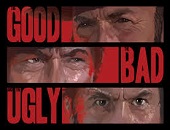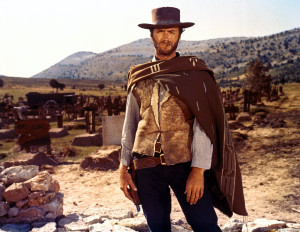“Data and its accuracy are key to making this work,” said Robert Scanlon, referring to counterparty credit risk. Scanlon is the former Group Chief Credit Officer of Standard Chartered Bank and current Principal, Scanlon Associates. As the second of three speakers at a GARP webinar on counterparty risk held on May 20, 2014, Scanlon spoke from years of experience with risk practices.
First, the good part of calculating counterparty credit risk. Scanlon said there is plenty of data already, especially for consumer/retail transactions. “You can start with a steady state assumption and get more data as time goes on. Ask the question: are things getting more or less risky?”
Next, the bad aspect of calculating counterparty risk. “You get data in rear view only,” said Scanlon, and that data may not be so accurate. There are assumptions made which could be incorrect. The models need testing throughout and “you need to know the flaws in your data flow.”
Things can get downright ugly. Reviews might not be conducted properly or thoroughly, and even if they are, the review “concentrates on the past not the future,” he noted. Some risk management groups “lack thought and common sense” and suffer from complacency.
The unseen aspect of counterparty credit risk comes in via forces that change the economic cycle, and cause currency and interest rate fluctuations. “Nobody’s watching correlations and how they are changing together,” said Scanlon. As financial meltdown occurs, the correlation between sectors can intensify, approaching positive or negative one.
As one example of the complexity of dealing with “unseen” aspects, Scanlon pointed to country exposures, which are “extremely difficult to monitor” and co-relate for 183 countries plus a few emerging regions.
Scanlon presented a list of “Do Not Forget” items. These included liberal application of common sense. He recalled that Lehman Brothers collapsed in September 2007 but there was “trouble evident as early as April 2007” when they lost $2.85 billion in a quarter. Scanlon pointed out that this implied the size of their position was about $57 billion, not the $11 billion as they had been claiming. “The information was available in a public presentation—anyone could have worked out the size of that position using a simple NPV calculation.”
“Never forget you have to be aware of what competitors are doing,” said Scanlon. He said that good risk managers must be so highly attuned to trends in the regulatory environment that they know of changes in regulations “the day before the regulators do.”
Scanlon urged firms to “develop your people” and have the analysts build relationships. “When in trouble, the CFO is unlikely to tell the truth, but if you have a relationship, you can see signs of stress” through close observation. “Get your people to make these judgments,” he said.
Nowadays, “markets are becoming more volatile and thinner in liquidity. Correlations are moving together,” he observed.
Scanlon said that as early as 2003 he had misgivings about the US real estate market. When the interest rate curve was in the low single digits, Scanlon saw mortgages were routinely 35 to 40 percent of household income. “That was an accident waiting to happen.” Scanlon spoke to regulators at that time “but they thought I was crazy.”
“Teach your people to question,” Scanlon advised. Analysts shouldn’t be afraid of the unknown—or afraid to look ignorant. They should be comfortable about saying, “please explain this part to me” when talking to companies they analyze. “I’ve seen too much pain happen to institutions that couldn’t explain.” ª
Click here to go to the third presentation on counterparty risk. ª
Click here to view the counterparty credit risk webinar. Robert Scanlon’s presentation begins on slide 9.


